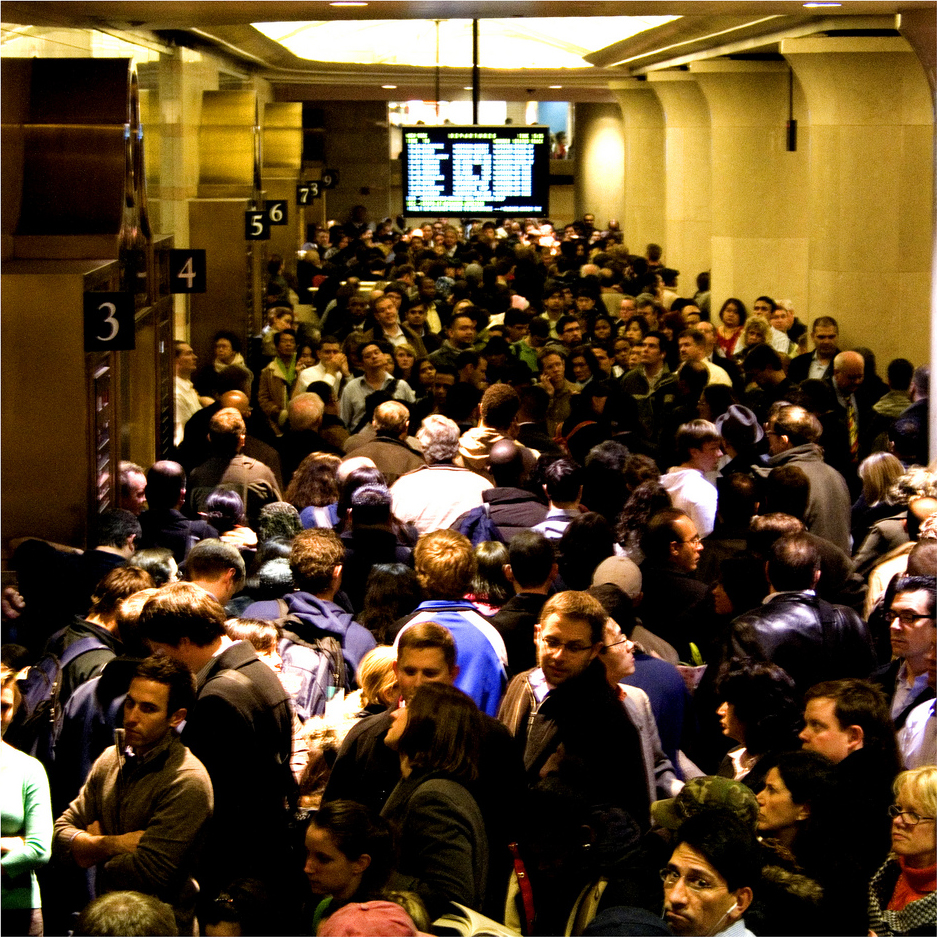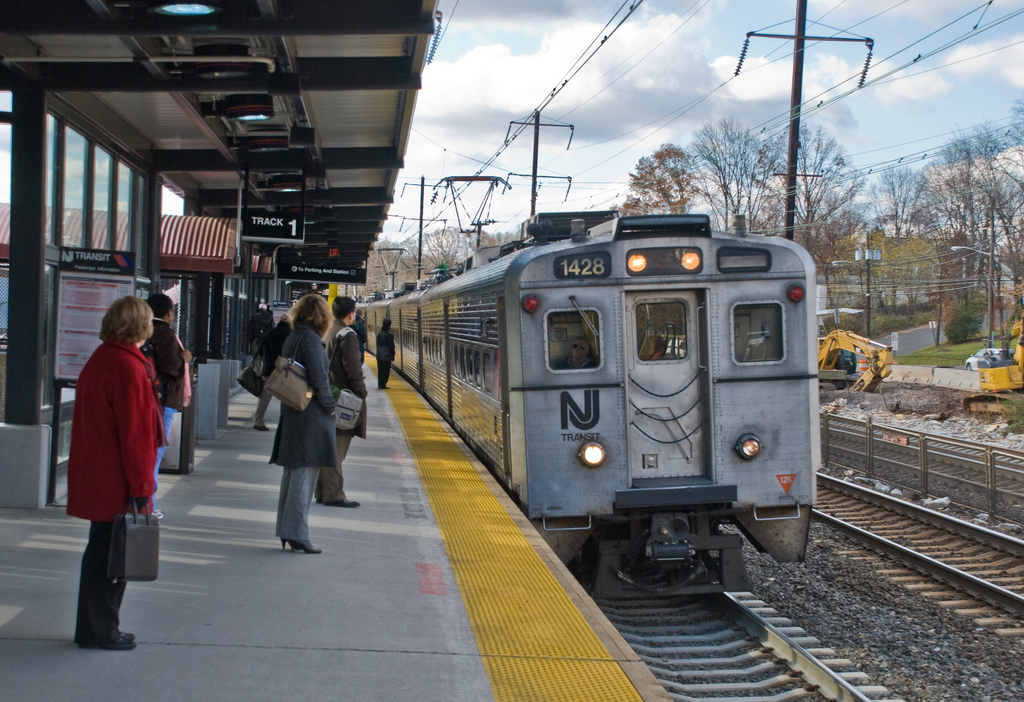A Country of Cities
A series of opinion pieces in which Vishaan Chakrabarti casts key current events as rallying cries in his evolving argument for urban density, for a Country of Cities.
We are celebrating 15 years — and counting — of stories that are deeply researched and deeply felt, that build a historical record of what the city has been.
UPDATE (5:00pm) After meeting with Secretary of Transportation Ray LaHood this afternoon, Governor Christie agrees to reconsider the Hudson River Tunnel Project. According to Zoe Baldwin at the Tri-State Transportation Campaign, “It’s a stay of execution for a very worthy project that’s been put on death row.” Read more on the Star Ledger via NJ.com.
We all of course know the story of Noah’s Ark — of massive floods sent by a disgusted God to wipe out our corrupted civilization except for Noah, who, with his family, builds an Ark to save pairs of animals to eventually repopulate the planet.
The contemporary take on the story has some new twists.
The rains, to be sure, are coming. Last week I took my eight-year-old to see Rising Currentsbefore it closes at MoMA. As he stood below the measuring bar, which showed that in his lifetime the water level on our Tribeca sidewalk may be above his head, he stated the truth in the way that only a child can: “That seems bad.”
But before we even conjure the apocalyptic visions of Greenland ice sheets falling into the Atlantic, we need only look at the crippling effect of the last couple of rainstorms in New York — the flooded subways, the combined sewer overflow, the streets near my office at Columbia awash.
Yet in this version of the story, despite the coming floods, there is no Noah, we don’t build the Ark, and the animals just have fun while they can. In this version, we sink the Ark before it gets built.
Yesterday Governor Chris Christie killed the largest mass transit project in the nation, ARC or Access to the Region’s Core. Planned for two decades and considered vital to the lifeline of the northeast corridor as a new tunnel under the Hudson, ARC clearly answered the question of whether we would simply continue to live off of our predecessor’s infrastructure. Or so we foolishly thought.
Citing costs, the rebellious Republican ruled out increasing gas taxes or surcharges in order to plug the budget gap, instead rejecting billions in Federal and Port Authority funds. Unlike the manner in which we funded the extension of the #7 subway, which is now under construction through debt that will be paid off by the future assessed values on the West Side of Manhattan, no such innovation was sought in New Jersey despite reports that clearly showed increased property values in the towns that would be connected to ARC.
Paul Krugman, in today’s New York Times, put it plainly: “We are no longer the nation that used to amaze the world with its visionary projects. We have become, instead, a nation whose politicians seem to compete over who can show the least vision, the least concern about the future and the greatest willingness to pander to short-term, narrow-minded selfishness.”
And when it comes to infrastructure, that pandering is all about roads versus rail. With New Jersey’s state budget under water, downstate politicians in the legislature — many of them Democrats — saw an opportunity to re-route the ARC monies for highway funding. New Jersey’s commuters live largely in the north, of course, but despite their vital economic role in our tri-state region, they have no regional representation to fight for their interests. This is true nationwide. In the development and planning process for the new Moynihan Station often it became apparent that for every dollar spent in the City, an equal dollar had to be spent on a roadway project in upstate New York. This is part of why Hong Kong and Singapore are surging — they are city-states without an urban rural divide. Such is the price of a country of suburbs.
To be fair to a Governor who appears to be attempting fiscal restraint, however, one must also ask why ARC costs so damn much. A friend recently pointed out that not only does China spend approximately fourteen times more annually on rail infrastructure than we do, but that factor probably triples when one accounts for construction cost differentials. Anyone who works in infrastructure in America today knows the ugly realities of this — the construction industry continually prices its way into joblessness, as the thousands of workers who were about to be employed by ARC will soon discover.
No one is advocating for the unprotected labor conditions of China, but we must ask how far the pendulum has swung the other way. Imagine if Noah, in enlisting the help of his children to build the Ark, was confronted with protests for higher allowance and more days off, all while thunderclouds formed and the rest of non-unionized humanity scuttled for cover while living on less. Joint sacrifice led this country to its greatest heights, just as joint selfishness could bring it to its knees.
Indeed, the fate of ARC, which one can only hope is reversible, may signal the fate of us all. With the densest state in America opting for roads over rails, for emissions over ozone, for a country of suburbs over a Country of Cities, all I can do in response is throw up my hands and find disturbing amusement in a quote from Jaws:
“We’re going to need a bigger boat.”
This is the eighth in a series of opinion pieces in which Vishaan Chakrabarti casts key current events as rallying cries in his evolving argument for urban density, for a Country of Cities.
The views expressed here are those of the authors only and do not reflect the position of The Architectural League of New York.
A series of opinion pieces in which Vishaan Chakrabarti casts key current events as rallying cries in his evolving argument for urban density, for a Country of Cities.



Comments